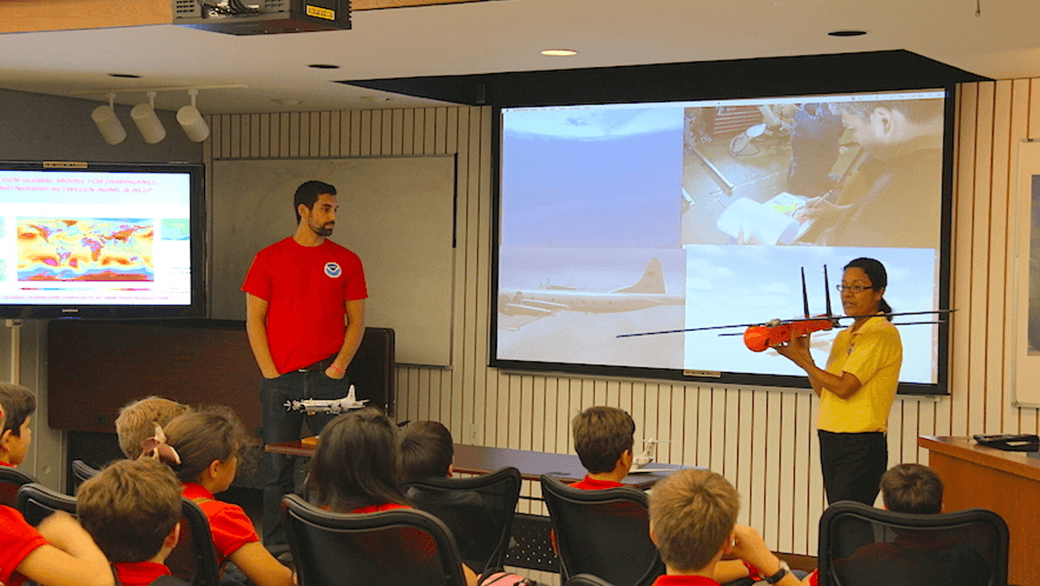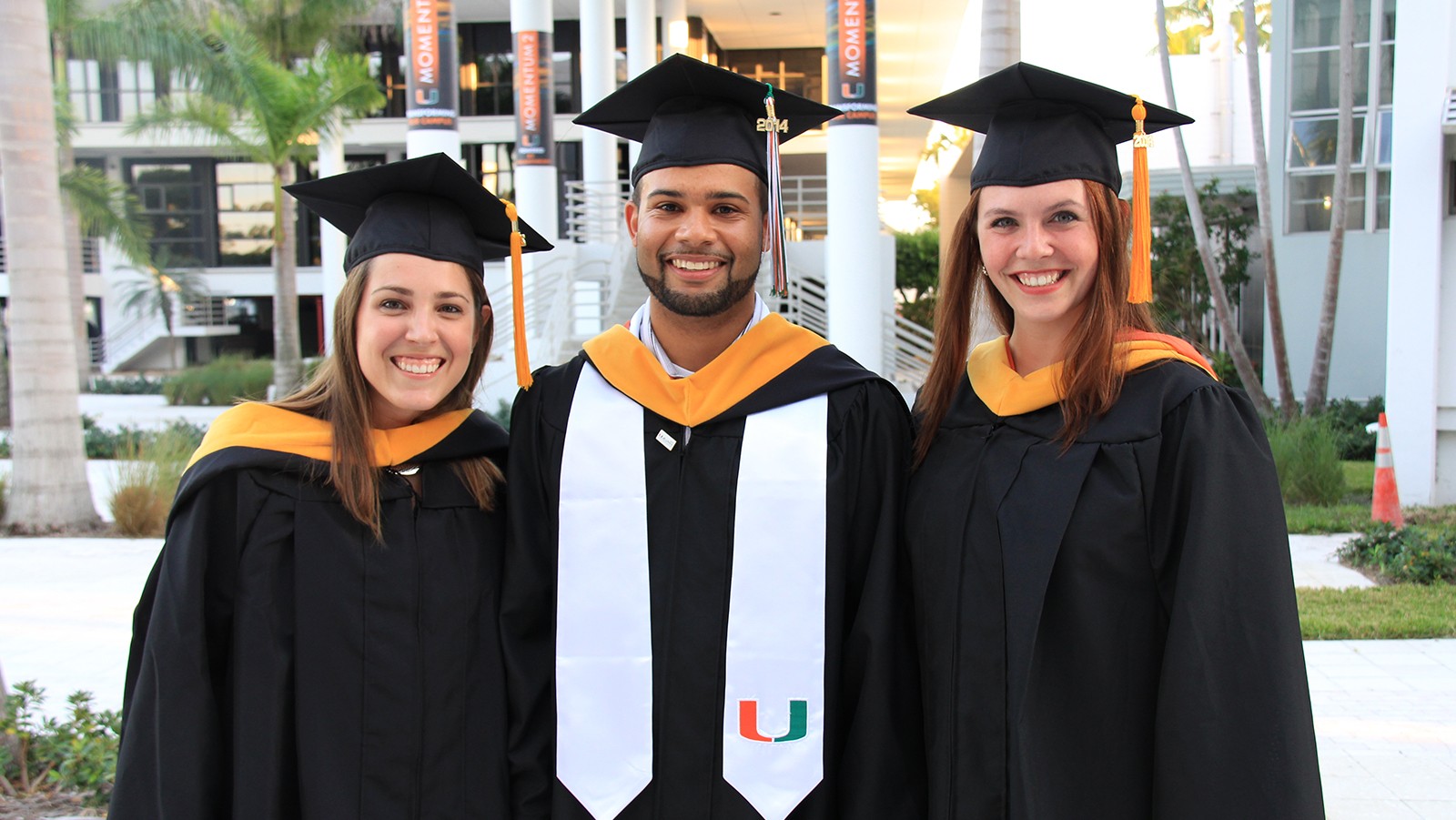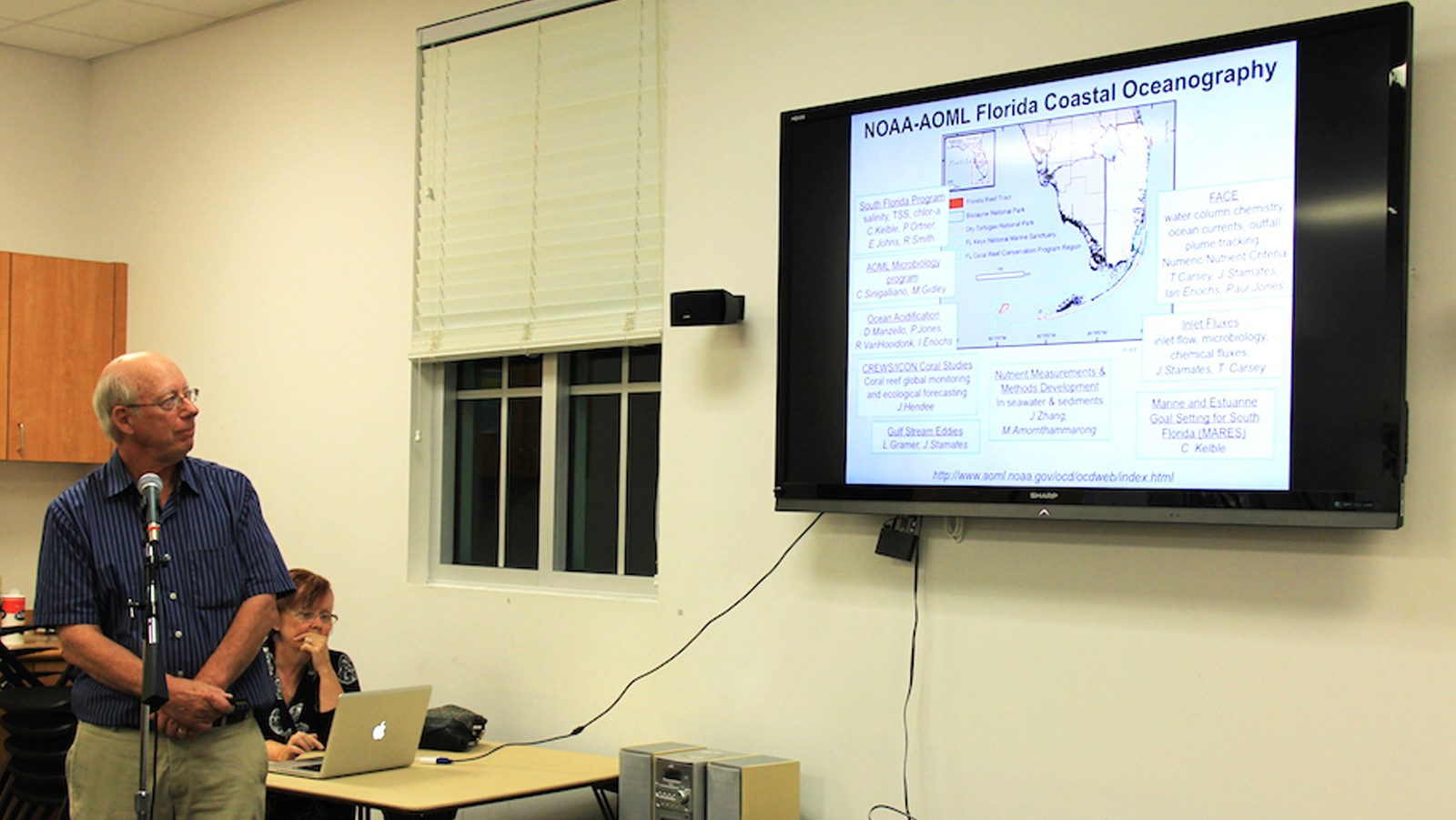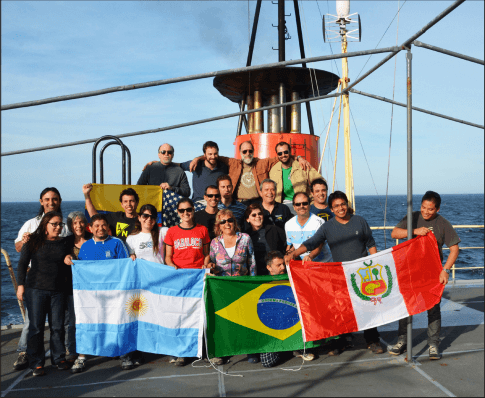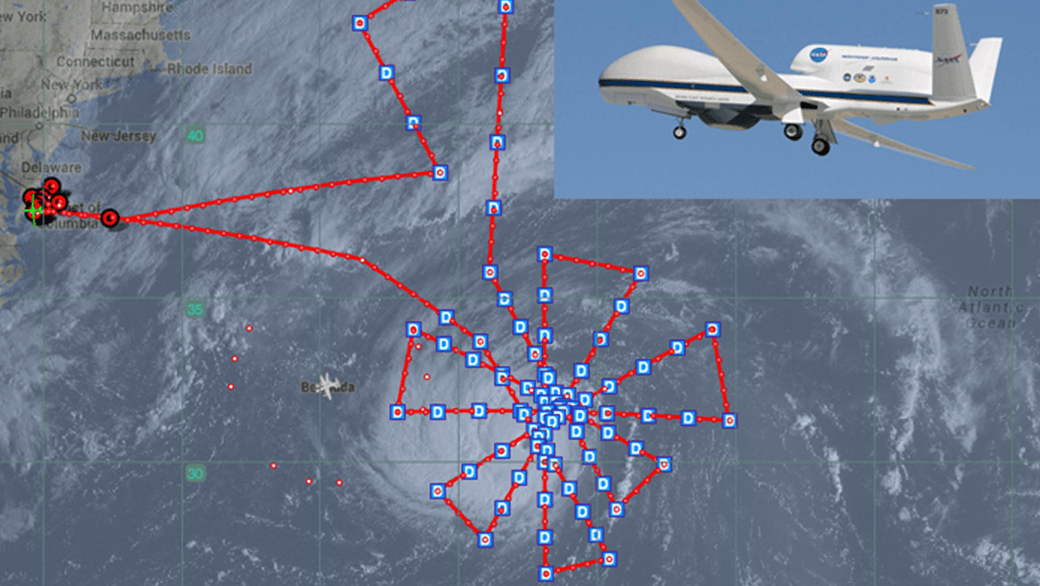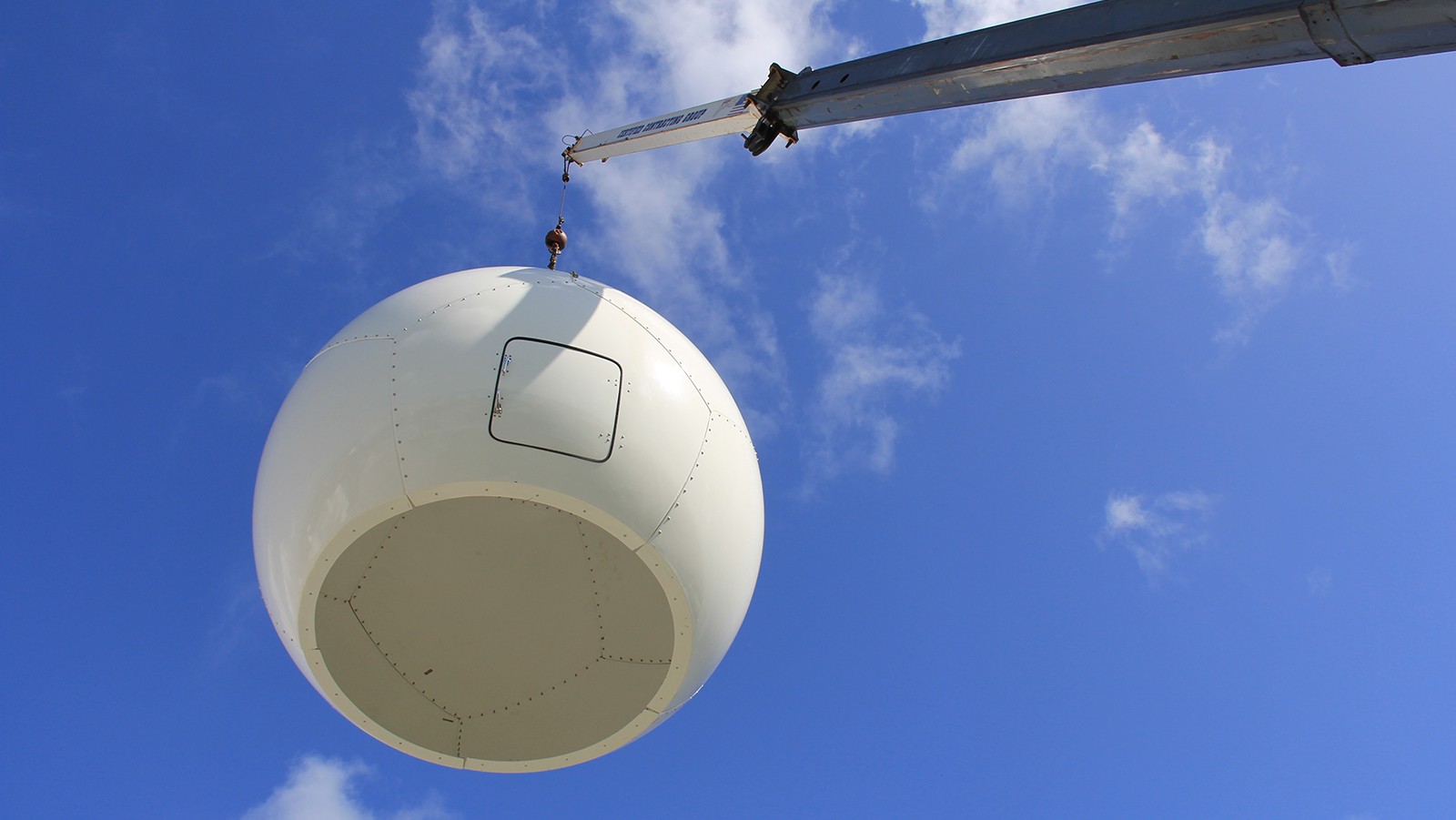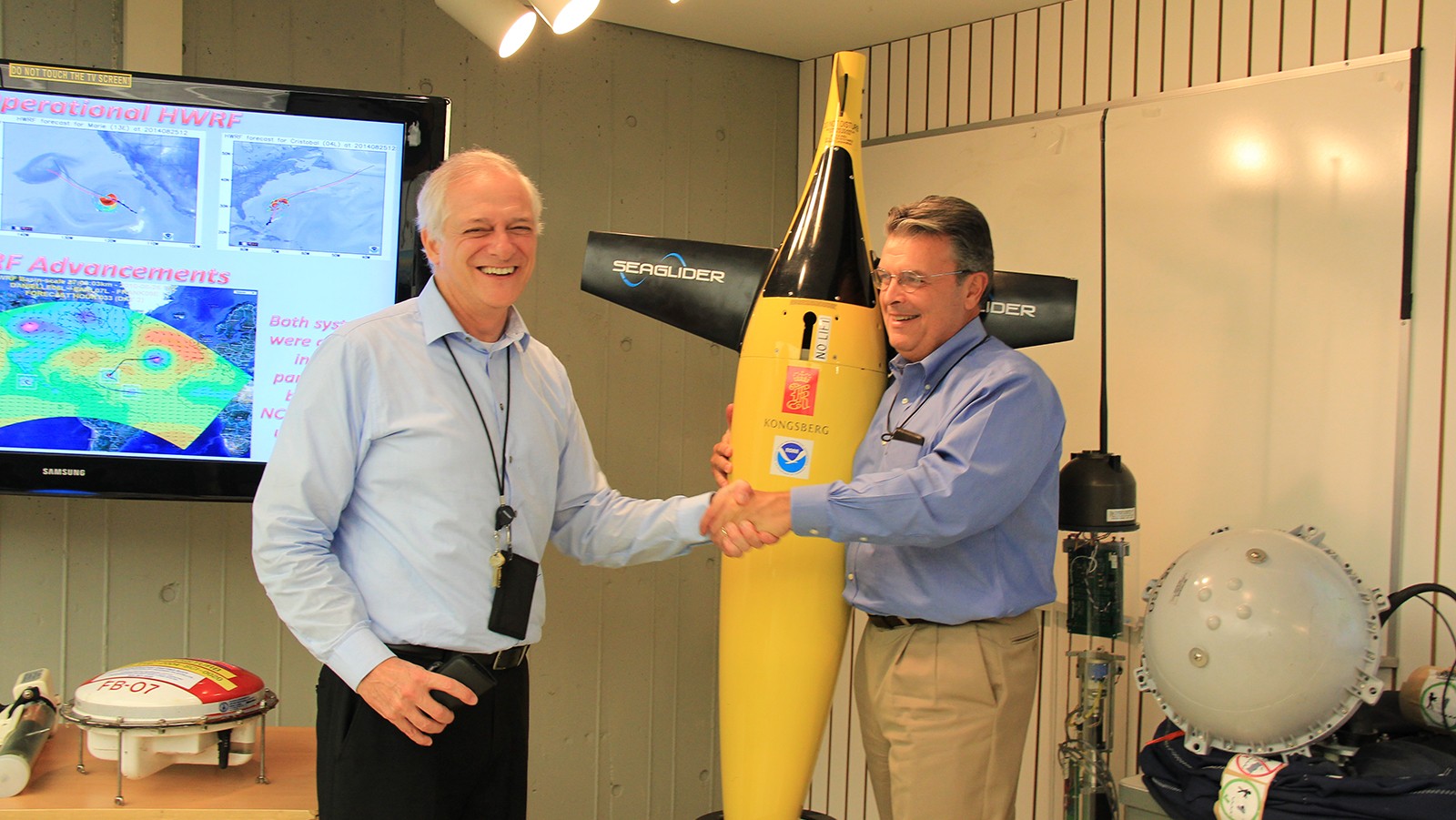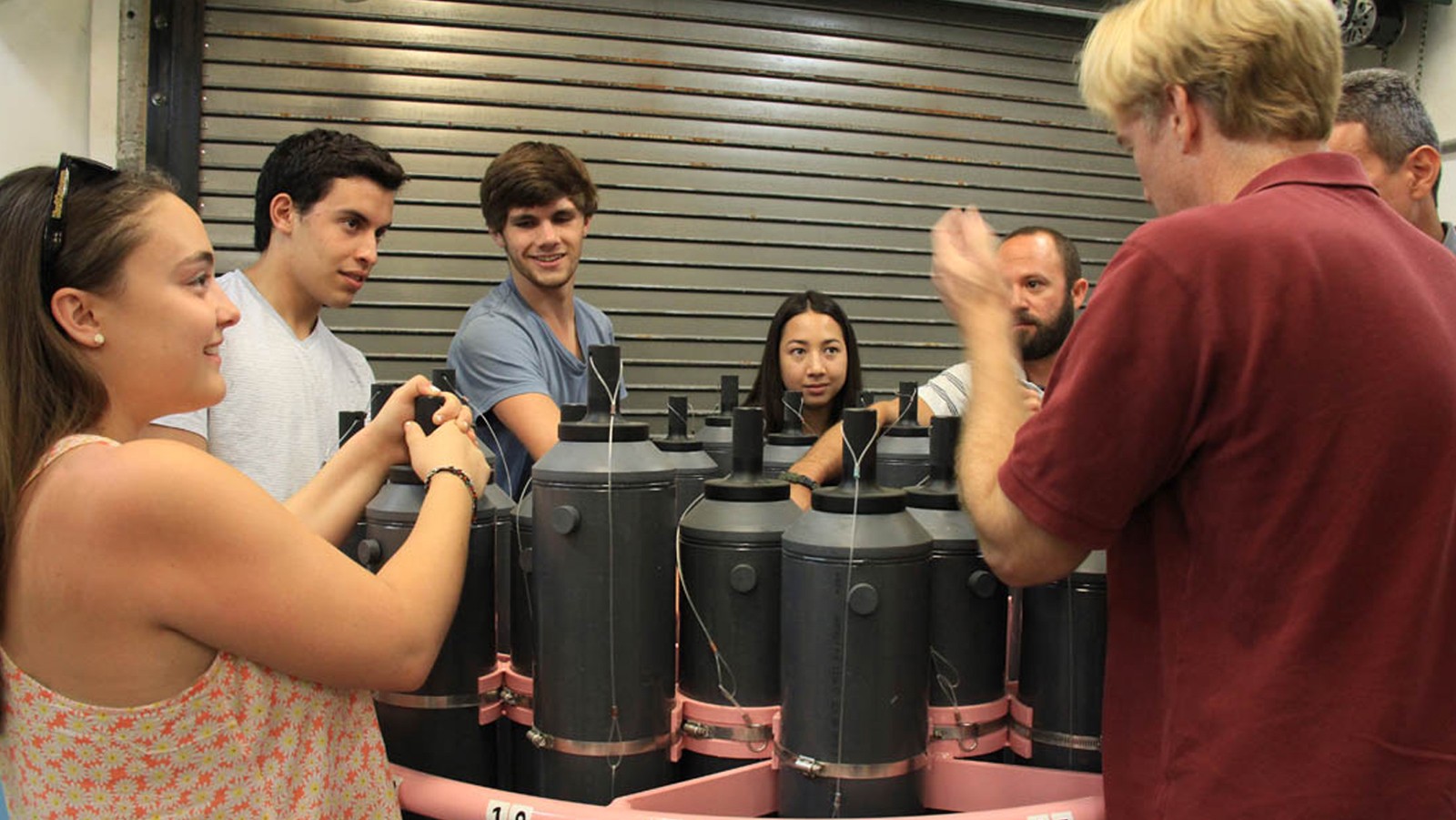The Galápagos Islands: A Glimpse into the Future of Our Oceans
A study of Galápagos’ coral reefs provides evidence that reefs exposed to lower pH and higher nutrient levels may be the most affected and least resilient to changes in climate and ocean chemistry.
